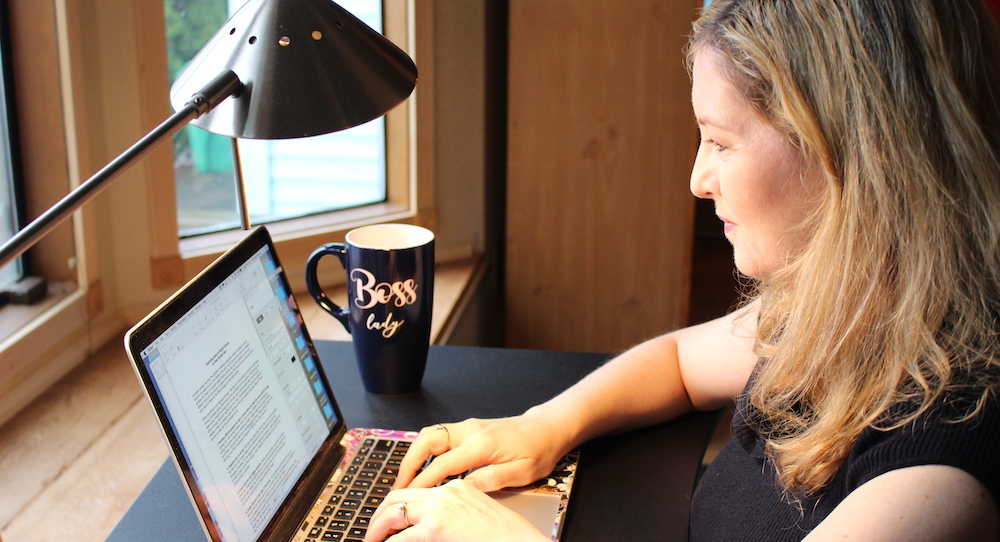As studio owners, we know the benefits of effective organising. When you’re organised, 20 forgotten to-do list items do not wake you up in the middle of the night. You do not have to pull over your car to illegibly scribble five things on a random paper. You certainly do not have different to-dos on your phone, on post-its strewn around the house, on your computer and in voicemails you leave for the office manager on the studio phone.
When everything is not organised enough, I feel like I am running behind a finish line that keeps moving, frantically picking little things up that are falling out of my pockets. One Saturday, as I began going through the Google Doc I normally used to communicate tasks with the office manager, frustration washed over me. Then, I remembered that I’m good at organising. I needed to step it up already! I spent the rest of the night creating a new plan. Most of these tips are not new, but they all worked for me.
#1. Prioritise difficult projects for days or times when you have the most mental energy.
I noticed that I did my best creative work in the morning, whether it was working on choreography or a project like writing the summer schedule. I began organising my plan of attack accordingly. I first got this idea from Julie Morgenstern’s book, Never Check E-Mail In the Morning: And Other Unexpected Strategies for Making Your Work Life Work.
#2. Organise your to-do list.
Give each big project (like Picture Day) its own list, and reuse the lists from year to year. For the biggest tasks like organising the concert, make a separate list of tasks for each month from April to December. Organise the lists in the Easter holidays , so you can hit the ground running in Term 2. Keep another separate list for the little tasks that come up throughout the week.
#3. Schedule a weekly time for your bigger projects.
Studio owners tackle large projects every year. Creating a schedule with uninterrupted time each week to work on the big projects made a difference for me. For the best results, do this work in a place where you won’t be interrupted.
#4. Assign themes to the days of the week.
To find themes that will work for you, try tracking how you spend your time for one week. Organise the next week’s schedule assigning similar types of tasks to the same days. My week usually includes three teaching days, one errands and appointments day, one project day, one office work day, and one family day. It’s impossible to do everything in one day, but I can get a lot done in one week.
#5. Create a daily schedule.
Within your themed days, stick to a regular daily routine. This can also help fight procrastination. On teaching days, I get up at the same time each day, eat, journal, choreograph, do a minimal amount of office work and then drive to the studio to teach. On my office days, I go to the gym, go to the studio and work on small- to medium-size office tasks and projects while managing the front desk. I go to the gym regularly, for example, because I always go at the same time on the same day.
#6. If your to-do list is overwhelming you or if you are having trouble effectively communicating with your office staff, try an app.
I just signed up for Monday.com, and I’m using it both to keep myself on track and to communicate tasks with the studio office staff. Suddenly, our communication about each task is easy, I can tell exactly where we are with each task, and everyone knows what to work on next. Monday.com is not free, but I chose it anyway because it met my needs. There are other systems that are free. Choose something with due dates and the ability to save the to-do lists for big projects for use the next year. I still use Google Docs so I can share documents with the office, but the organising is all done with Monday.com.
#7. Write down absolutely everything in one place.
Get that paper full of things you remembered on your kitchen counter and by your bed, and get it into the online system. Nothing is too small. Get your organising app on your phone so you can add things on the go. Put a due date on everything. (You can always change it.) I was shocked at the amount of things I needed to get started when I added absolutely everything from January through June into Monday.com.
#8. Studio software will make running your studio a lot easier.
Just the fact that this software will calculate and collect tuition for you when you run autopay will save you hours of work. With studio software, parents register themselves which also saves a ton of time.
#9. Organise your money.
Put aside the same days every month when you will pay bills, go through your budget, and handle your monthly financial tasks. Keep track each month of how much money is coming in and how much is going out.
#10. Don’t forget to organise down time.
In a world where email and to-do lists are constantly at our fingertips on our many devices, it is vital to create a time management system that not only gets things done but that also protects you from burning out. Studio ownership is a lot of work. Don’t stop at organising your studio. Organise yourself into having a long career. Schedule things into your routine that feed your soul. I love going to the movies, going to the beach and getting a massage once in awhile. There are several weekends each year when I schedule a couple days of total down time with my family. While you are scheduling your studio, make restorative time a priority.
By Holly Derville-Teer of Dance Informa.

















